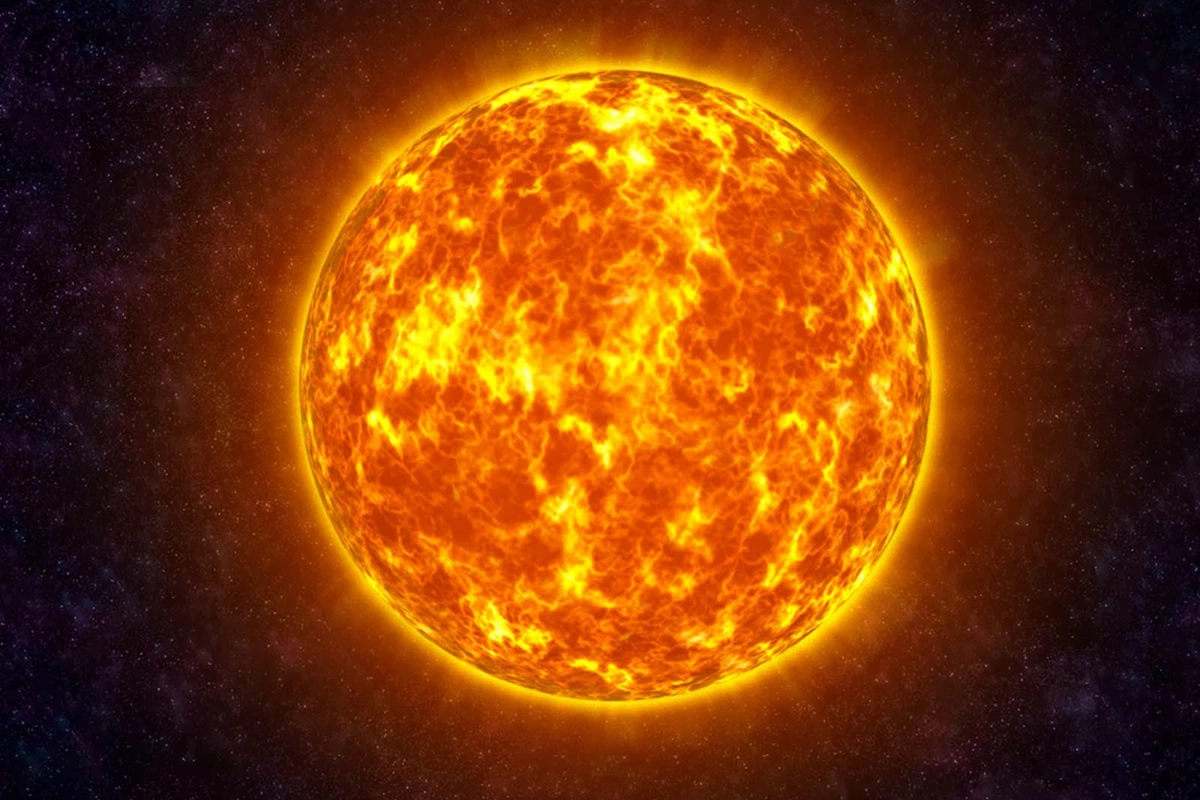The Sun has started the apocalypse timer - scientists sound the alarm

In May 2024, unique two-day exercises were held at the Johns Hopkins University Applied Physics Laboratory and at the FEMA base in Denver. For the first time, representatives of federal and local authorities gathered together to test the country's readiness for a powerful solar storm.
The exercises were organized by the Space Weather Center in conjunction with the National Science and Technology Council. They simulated a catastrophic scenario: several giant coronal mass ejections (CMEs) from the Sun moving toward Earth. These clouds of charged particles can cause powerful geomagnetic storms capable of disabling satellites, disrupting power supplies, and exposing astronauts to deadly radiation.
The scenario transported participants to January 2028, when NASA's "Artemis-4" mission would already be at the Moon. At this moment, activity "flares up" on the Sun: a series of powerful ejections heads straight for Earth. As the experiment showed, the existing space weather monitoring system was not ready - data was insufficient, modeling was difficult, and the reaction time was catastrophically short.
The key problem is the orientation of the CME's magnetic field. Its influence is critical, but accurate information can only be obtained half an hour before impact, when the cloud reaches the Lagrange point. This leaves too little time to take measures.
The main conclusion of the exercises: it is urgently necessary to increase the number of satellites to improve forecasts, timely data collection, and create a full-fledged early warning system. Without this, the consequences could be devastating: massive power outages, communication failures, GPS failures, chaos in aviation, medicine, and emergency response services.
The event was made particularly acute by a coincidence: right during the exercises, the strongest solar storm in 20 years - the "Gannon storm" - occurred. It caused communication failures and power outages, serving as an alarming reminder of the reality of the threat.
Meanwhile, the Sun has reached the peak of its 11-year activity cycle, and scientists warn: in the coming years, the probability of powerful flares will only increase. The question now is not whether a new superstorm will occur - but how prepared we are for it.
Similar News
Scientists have discovered that Parkinson's disease may begin not in the brain, but in the kidneys
New research overturns understanding of Parkinson's disease origin - one of the most common neurodegenerative diseases. Scientists have determined that the firs...




 Azərbaycanca
Azərbaycanca  По-русски
По-русски  English
English 





